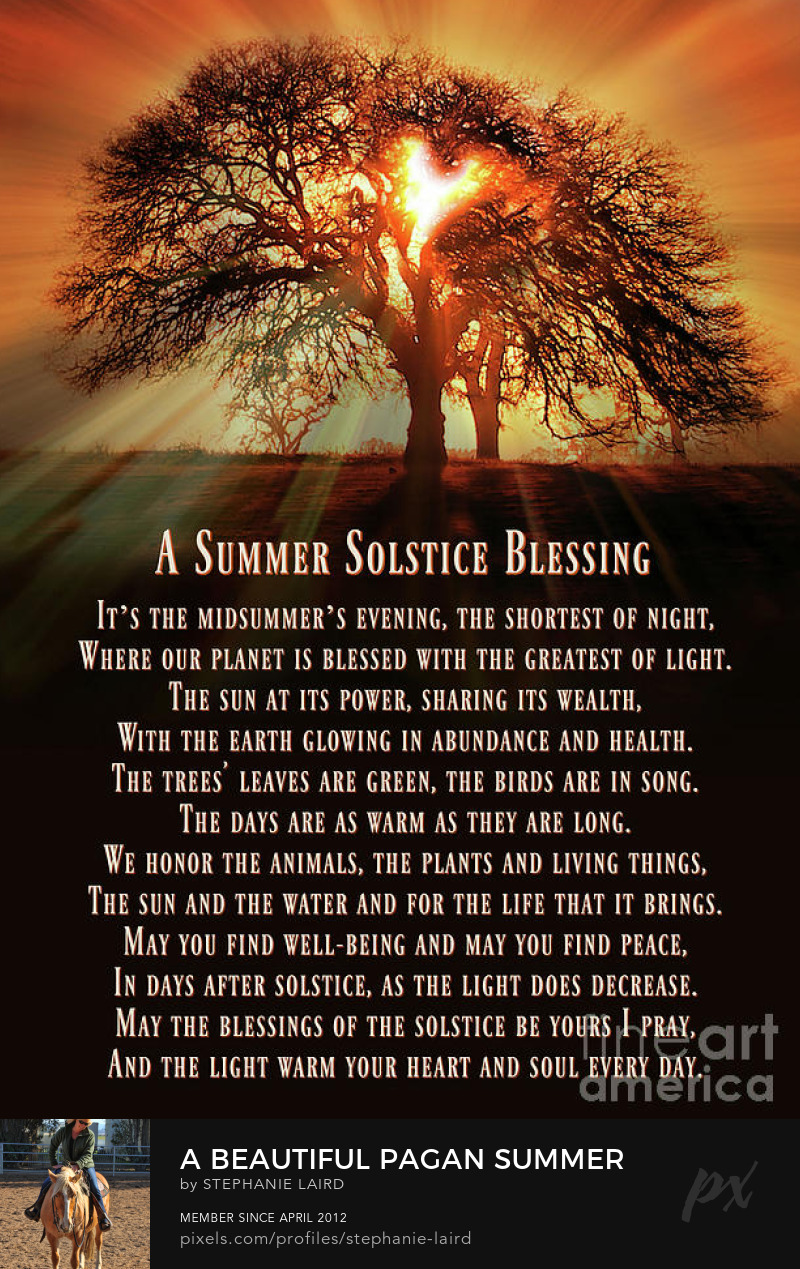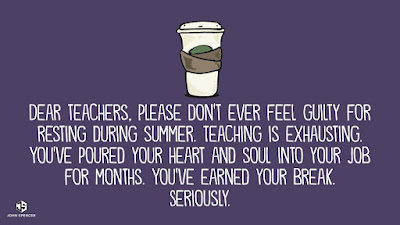Plastic pollution comes in all sorts of new names and sizes. As plastic use continues over time, we get a new idea of how it breaks down and what kind of plastic waste it leaves behind. It's seemingly becoming a whole new level of plasticized geology, that needs to come with its own glossary to define this new vocabulary, some of which sounds a bit like a foreign language:
Marine debris: We've known about marine debris for a long time and it is the most synonymous with oceanic and waterway pollution. It it is not limited specifically to plastic, and can include aluminum soda cans, fishing gear, even abandoned boats It' typically is anything solid and of any size that winds up in a waterway. It can break down over time from the water or the sun. We often see it wash up on the shores, and it can travel from streams to rivers to lakes or oceans. The Great Pacific Garbage Patch (along with these gyres in all other oceans as well) wind up being the dumping ground for such objects.
- Fibers: These largely come from fleece or poly-blend clothing, diapers, and cigarettes. Most of them enter our waterways through our washing machines. Given they come from materials that are not natural, they do not biodegrade and they are not filtered out of wastewater treatment plants.
- Microbeads: These tiny items are less than a millimeter in diameter. They are often found in cosmetics, lotions, or face creams as exfoliants and easily drain down the sink. They are often mistaken as food by marine animals one they get into our waterways. They are not fully digestible and are often toxic.
- Fragments: These are small pieces of plastic that break off larger items. Typically they come from single-use items like plastic cups, silverware, lids, toys, or a myriad of other items. The sun continues to photodegrade them into smaller items. These too can be mistaken as food by smaller animals.
- Nurdles: Nurdles are small plastic pellets purposely made by companies in order to create bigger, plastic-created items such as storage bins and lids, garbage cans, and more. Depending on how they are handled in a facility by humans or weather-related situations, these can get into the waterways and become a hazard to other animals as they look like food.
- Foam: Styrofoam breaks apart easily from weather or sun, and small particles remain given the substance itself is not degradable. Not only can the chemicals from styrofoam leach into the drinks or food (if they are cups or plates), but they also can become small fragments in the water, harming marine creatures.
Plastiglomerate: Just like it sounds, plasticglomerate is the combination of plastic and conglomerates, making it like a combination-style sedimentary rock. It is formed by mixing and merging plastic with something like coral, cooled lava, or shells. It can be considered a subset of pyroplastics.
Plasticrust: A subset of plastiglomerate, plasticrust is when plastic melts onto rocks of shorelines.This is going to be consumed more by land animals versus sea life. These are created by sea waves depositing the plastic on the shore and it melting onto rocks.
Neopelagic communities: When plastic trash hits the waterway, they can become a habitat for organisms. Often time, marine debris lands on a coastline. But, if it goes out into the open shore due to currents or weather systems (or other reasons), they become a raft-like habitat. It is not uncommon for some coastal creatures such as anemones, hydroids, and shrimp-like creatures to hop a ride and make themselves at home on floating marine plastic. As long as the creatures have food source, they may have found themselves their own little floating plastic house boat. This in turn can take coastal species to other areas where they are not native. At that point they have the potential to become an invasive species, threatening others around them. Additionally, it could take them to environments where these creatures are not suited for survival.






















